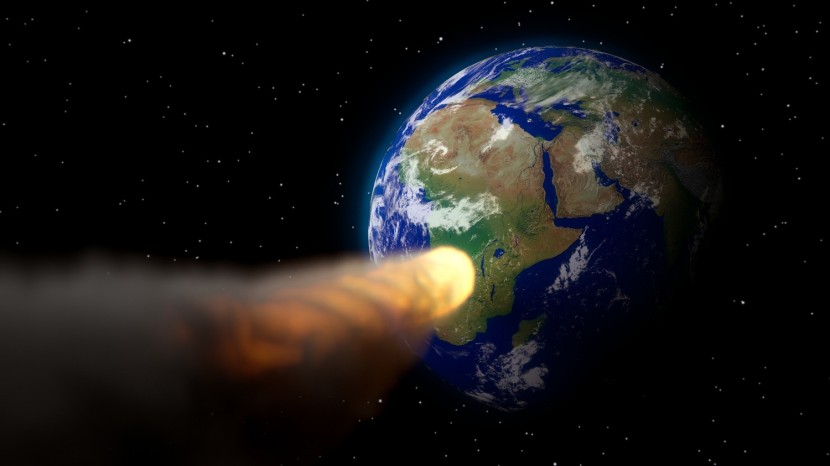
The automated asteroid tracking system of the National Aeronautics and Space Administration (NASA) is currently tracking an asteroid with the size of a mountain hurling towards earth. According to the space agency, the asteroid is set to intersect with the planet's orbit by 4:45 in the after noon on MAy 21.
Data collected by NASA classified the asteroid aspontentially hazardous and may cause cataclysmic impact if it crashes with the planet. However, NASA also noted that based on tehir monitoring system, the asteroid will fly past the planet at a safe distance.
According to the Center for Near-Earth Object Studies (CNEOS of NASA, the asteroid known as 1997 BQ is the biggest asteroid to approach the planet in the month of May. It also noted that the asteroid is twice as large as the tallest manmade structure, Burj Dubai in the Middle East, with a diameter of 1.5 km or 4921 feet.
Moreover, CNEOS noted that the asteroid will approach Earth but will fly past at a distance of 0.04115 astronomical units or about 6.2 million kilometers away from the center of the Earth.
In addition, it was noted that 1997 BQ is travelling across the solar system and is hurling towards the planet at a speed of more than 42,000 miles per hour.
Asteroid 1997 BQ, was initally observed on January 16, 199, thus the name. According to NASA, based on the trajectory of the asteroid, travels around the sun following a wide orbit. The said orbit also takes the asteroid into the area between Mars and Jupiter.
As it journeys around the sun, the asteroid is observed to occasional cross paths with Earth. Because of the fact that its orbit intersects Earth, 1997 BQ has been labelled as one of the space rocks in the Apollo family.
Despite the fact that it has a slim chance of colliding with the planet, 1997 BQ is classifies as a potentially hazardous asteroid due to its Earth-crossing orbit and gigantic size.
According to NASA, potentially hazardous asteroids are classified based on different parameters. These parameters measure the potential of the space rock ro make an approach to the planet which would threaten the human life.
Luckily, CNEOS stressed that the asteroid will only fly by the planet and is not in any danger of colliding at the moment.
In the past, many large asteroids flew past the lanet at a very close distance. Only more than 2 years ago, asteroidn 3122 Florence or also known as 1981 ET3 flew past Earth at a very dangerous distance. The same asteroid is also expected to make another trip near the Earth's ortbit 40 years after its recent appearance on September 2,2057.
As of the moment, NASA scientists and astronomers are tracking about 2,000 space rocks and objects that pose a threat to our planet.
In the vast universe, million of asteroids are in existence. Many of them are remnants of bodies within the solar ebua of the sun which did not become large enough to be considered planets, also known as planetismals.
Related article: Scientists Spot an Earth-Like Plant But Is It Habitable?








